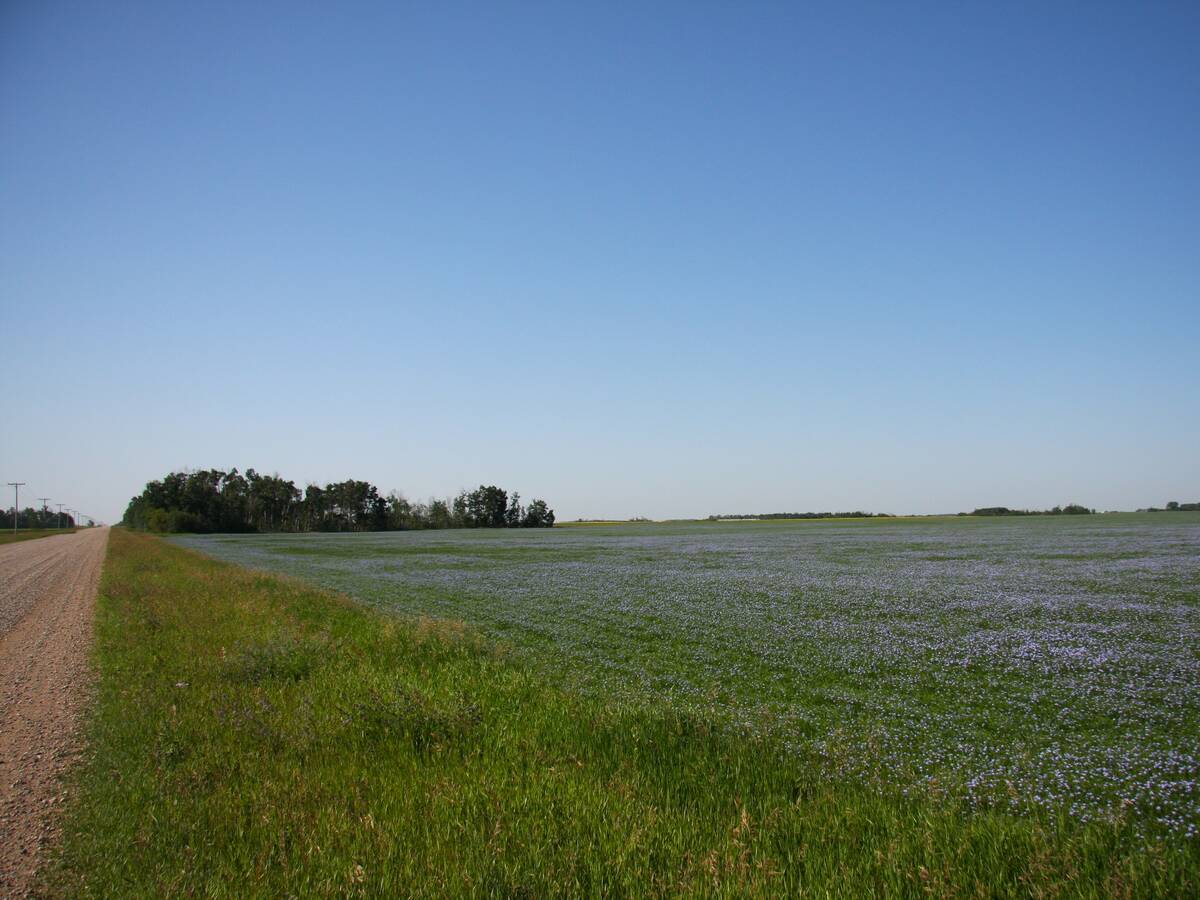It is a sad fact that when a mine arrives, farmers have to go.
Long before new potash mine development began in Saskatchewan two years ago, proponents were knocking on landowners’ doors.
The K+S Potash mine near Bethune was granted an exemption under provincial farmland ownership laws to buy 23,040 acres.
BHP Billiton near LeRoy received an exemption for 60,000 acres.
While few occupied farmyards were affected, several families had to leave their homes.
Ninety percent of the land that was purchased in the rural municipality of LeRoy was grain land. BHP bought a block of 50 quarters in LeRoy and Prairie Rose, as well as 14 quarters outside the footprint because the owners wanted to sell their entire operations.
Read Also

Farmland advisory committee created in Saskatchewan
The Saskatchewan government has created the Farm Land Ownership Advisory Committee to address farmer concerns and gain feedback about the issues.
Some of the land will still be farmed for a while, but LeRoy reeve Jerry McGrath said 21 quarters will be out of production this season.
“Land has come out of production faster than we anticipated,” he said.
Seven yard sites are disappearing. Earlier this spring, six farm families moved to nearby communities.
Prairie Rose reeve Bruce Elke said it is hard to convince other residents of the benefits of potash mines when they see that happening.
“It is negative right now,” he said of the mood. “There is no tax money coming in from the mine and we’ve lost people.”
Some of the families were long-time farmers, but only three were active and the others were close to retirement, said McGrath.
BHP paid everyone the same rate for the farmland, at 2.5 times the assessed value. Yard sites were negotiated individually.
Chris Ryder, BHP’s vice-president of external affairs, said landowners asked a lot of questions at community meetings. He said there are always a couple who resist selling or wait to get a better price.
“We’ve tended to pay above the assessed market value of the land because buying it for a potash mine gives it a little bit different value,” he said.
Still, no real opposition was voiced. The companies held several meetings and have sent out newsletters.
“The biggest ongoing challenge is making sure we hear what everyone is saying,” Ryder said. “If we could have zero impact, other than jobs, that’s what we’d do, but we all know that’s not possible.”
In the RM of Dufferin, where K+S is building, administrator Rodney Audette has heard few concerns.
He arrived after most of the land buying was done but knows of two families that moved off their farms.
Dufferin is in a slightly better position than LeRoy: its mine has been officially approved.
The BHP Jansen project won’t be formally approved until later this year, although bulldozers have already razed farmyards and construction trailers have moved in.
McGrath said he doesn’t want to contemplate the mine not going ahead after all the change that’s already occurred.
“Anything can be replaced,” McGrath said. “Except people.”














